

If mowing the lawn has become an unbearable chore, or if you hope to add greenery to your shade-covered spots, opt for ground cover plants.
They’re just as beautiful as grass and only require minimal care, much less than other types of lawn grass.
Read also: alternatives to lawn grass
After a little planting guidance, we’ll introduce just six from the hundreds that can be purchased in horticulture stores.
Ground cover plants rarely are started from seed; instead, clumps are used and divided.
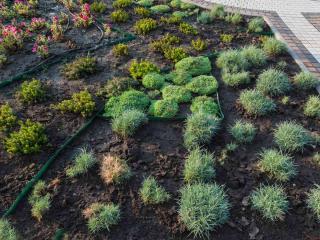
Generally, space your clumps by about a foot. It’s all a question of how fast you want the plot covered; this also depends on the type of plant you use.
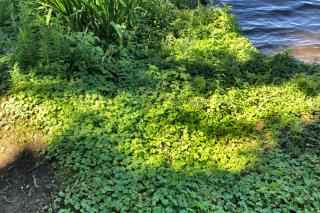 For example, Sempervivum houseleek are very slow growers, they’ll need around 4-5 years to spread an extra foot/30 cm in every direction.
For example, Sempervivum houseleek are very slow growers, they’ll need around 4-5 years to spread an extra foot/30 cm in every direction.Faster spreaders include heuchera, Houttuynia, ground ivy, violet and periwinkle. They will cover a surface within 2 years if planted a foot / 30 cm apart.
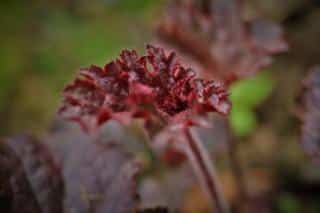
More or less 12 inches (30 cm) tall, it appreciates well drained and humus-rich soil, full sun or part sun exposure.
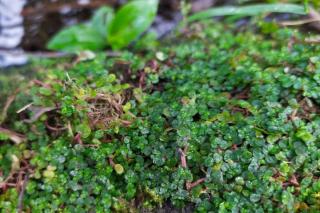
Helxine loves sandy, well drained soil in shade or part sun. It can’t withstand drought. Even though it can cope with temperatures as low as 5°F (-15°C), better mulch it before harsher winters.
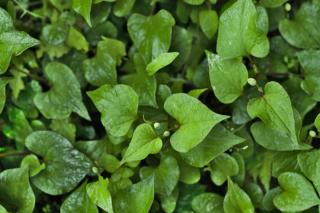
Tip: burn its dried leaves that smell like oranges to keep mosquitoes away.
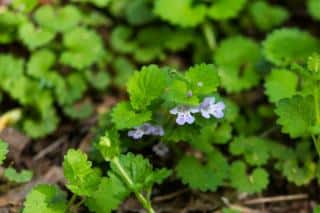
With evergreen green leafage that may present white, silver or gold designs, ivy thrives in part sun, in cool, chalky and well drained soil. Prune when its starts growing too large.
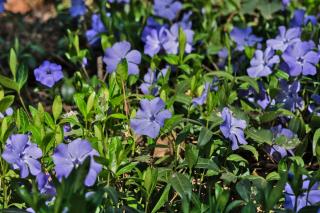
It grows on humus-rich, well drained soil, eventually chalky, both in shade or in part sun.
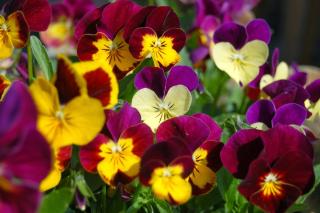
It loves light and rich soil, even if chalky, provided exposure is full sun or part shade. Apart from having to hunt a few slugs away, violets don’t need any follow-up and their flowers can be used in cooking!
Pierrick Le Jardinier
If you’ve got rocky terrain, consider the vast array of succulents (Sempervivum is a low-growing species): they grow slowly, require zero watering at all. Place stepping stones among them to wander around the garden in meditative contemplation.